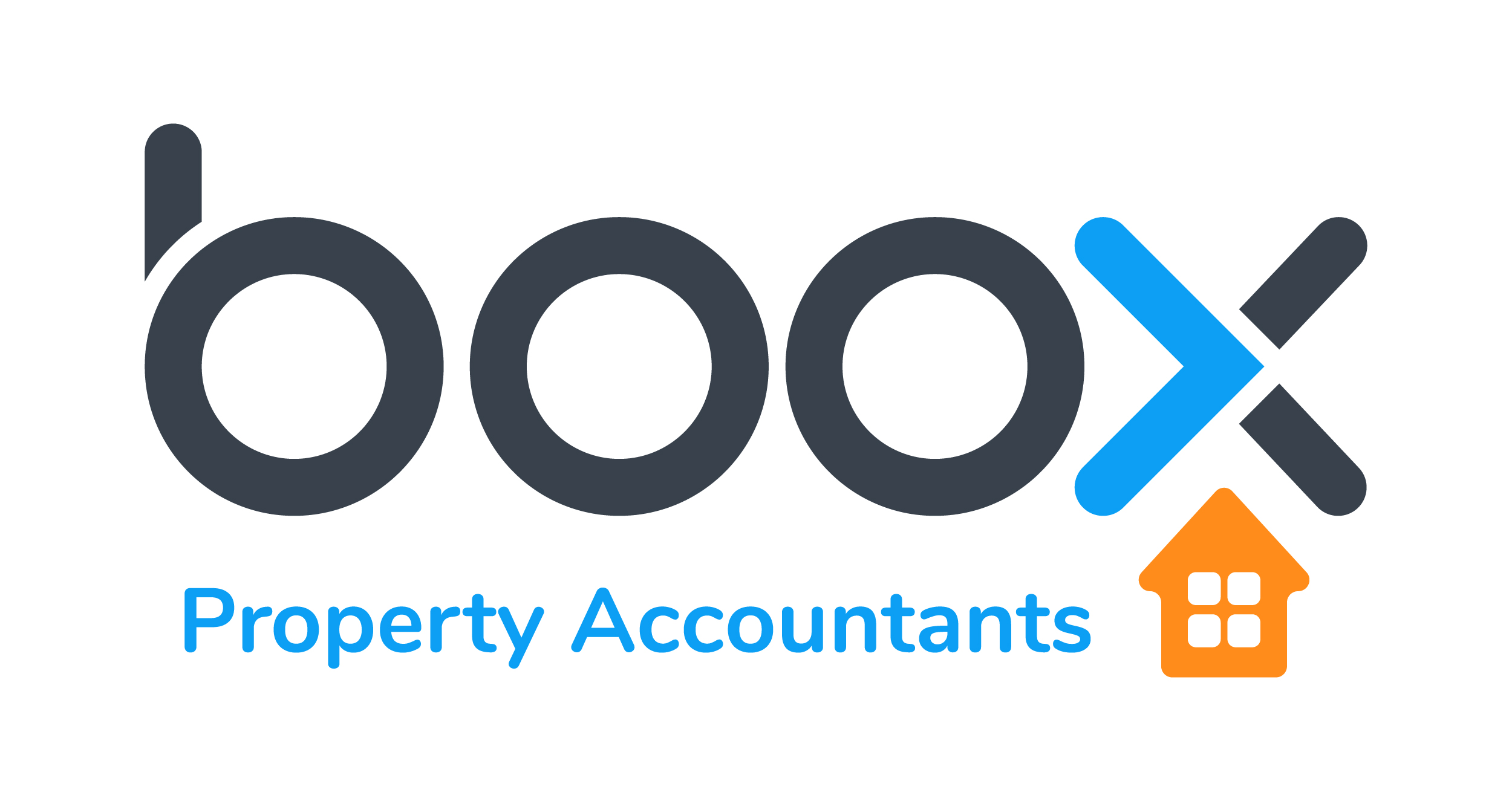Becoming a landlord undoubtedly has its benefits, a major incentive being the potential to earn a large income.
However, as a landlord there’s a lot to think about, and without prior experience or thorough understanding of the legal responsibilities that come with buy-to-let, it can be easy to make costly mistakes.
The following case study explores potential oversights that landlords who won property personally can make when working out their annual tax liability. It also highlights the impact of the changes to mortgage interest relief to landlords owning property personally
A case study on tax liability
Harry and Sally are a married couple who live in a village in Devon. For many years, Harry worked in Cardiff on weekdays and travelled home to Devon for weekends. Whilst in Cardiff, Harry would reside in a flat that the couple jointly owned.
In early 2017, Harry took redundancy and set up a consultancy business where he worked from home in Devon. At this point, from 1st May 2017 their Cardiff flat was let out for a monthly rent of £700. They let their property through a letting agent who charged a fee of £70 per month.
Harry and Sally have a repayment mortgage on the property where monthly repayments are £320, of which £40 is interest and the balance is capital. The property is let furnished and in July 2018 they replaced the flat’s washing machine with a washer drier which cost £420. However, a washing machine equivalent to the one they replaced would have cost just £200.
Over the year, they incur £650 on repairs and £400 on landlord’s insurance.
Sally is a freelance hairdresser and earns around £15,000 a year. Harry’s consultancy business is successful, and he is a higher rate taxpayer. The couple know that they must declare the rental income, and as Sally is only a basic rate taxpayer, they decide to allocate all the rental income to her.
Harry and Sally’s rental profit calculations
They work out their rental profit as per the table below, before Sally completes a tax return and declares the rental profit of £1,460. The associated tax is £292.
| £ | £ | |
| Rental income (11 x £700) | 7,700 | |
| Less: expenses | ||
| Mortgage (12 x £350) | 4,200 | |
| Washer drier | 420 | |
| Letting agents’ fees | 770 | |
| Repairs | 650 | |
| Insurance | 200 | |
| (6,420) | ||
| Rental profit | £1,460 |
Where did Harry and Sally go wrong?
Harry and Sally have worked out the profit in a way that seemed logical to them and had a stab at saving tax by allocating all of the income to Sally. Unfortunately, they made some all too common miscalculations…
- The Cardiff flat was jointly owned by Hally and Sally. Where property is owned by spouses and civil partners, the income is deemed to arise in equal shares, so it would need to be split equally between Harry and Sally.
The only exception to this rule is if actual ownership of the property is unequal (say, Harry owed 80% and Sally owned 20%), in which case the couple could elect for the income to be split in accordance with their actual beneficial ownership.
- Harry and Sally calculated relief on the balance capital of their mortgage repayments. However, relief is not available for the capital element of the mortgage, only the interest.
- They then tried to claim relief for a period before the house was let. Relief is only applicable from the time that the property is let onwards, so in this case only 11 months qualified. This amounts to £440 (11 x £40).
- Prior to 2020/21 you could only reduce your income by a proportion of the interest cost – and from 2020/21 there is no reduction for interest from your rental income and you use 100% of the interest and any other finance costs to work out your basic rate tax deduction.
- Harry and Sally bought a more expensive washer drier to replace the flat’s original washing machine. While relief is available for replacement domestic items, the deduction is only available on a like-for-like basis.
Thus, the deduction is capped at £200 – the price of a washing machine equivalent to that replaced.
The correct rental profit calculation
| Total | Harry (50%)40% tax payer | Sally (50%)20% tax payer | |
| Rental income | 7,700 | 3,850 | 3,850 |
| Less: expenses | |||
| Mortgage interest | – | – | – |
| Washer drier (capped at £200) | (200) | (100) | (100) |
| Letting agents’ fees | (770) | (385) | (385) |
| Repairs | (650) | (325) | (325) |
| Insurance | (200) | (100) | (100) |
| Rental profit | £5,880 | £2,940 | £2,940 |
| Tax (at 40%/20%) | £1,176 | £588 | |
| Basic rate tax reduction (£220 @ 20%) | (£44) | (£44) | |
| £1,132 | £544 |
Whilst Harry and Sally’s calculations would have seen them pay tax of £292, as the table shows, the amount they actually owe is much more. The real liability comes to a total of £1,676.
Professional advice for landlords
From tenant rights to health and safety, there’s a lot to consider to ensure you are being responsible and compliant. There are a number of landlord associations in the UK that provide guidance to members, and if you are unsure of the tax rules, it’s always best to seek professional advice.

